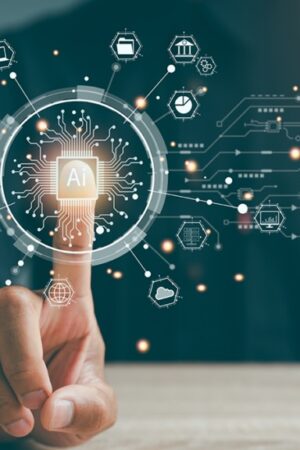Artificial intelligence (AI) is no longer a buzzword or a distant promise—it has become a fundamental driver of innovation across virtually every sector. From healthcare and manufacturing to education and finance, AI is being deployed not only to automate tasks but to reshape how organizations think, plan, and operate. As companies push beyond the obvious uses of AI, the real transformation lies in how they harness its capabilities to become more agile, insightful, and forward-thinking.
Pioneering Use Cases Beyond the Surface
One of the most significant shifts is the move from isolated AI tools to integrated, enterprise-wide systems that power predictive analytics, operational foresight, and strategic decision-making. In logistics, for example, AI-enabled route optimization is reducing fuel costs and improving delivery timelines, while AI vision systems monitor product quality with unmatched precision in manufacturing environments.
In the medical field, AI is increasingly used not just for diagnostics but for personalized medicine. Algorithms can analyze genetic data and patient histories to recommend tailored treatments, potentially improving outcomes while lowering healthcare costs. Similarly, in agriculture, AI platforms use satellite imagery and sensor data to inform irrigation schedules and crop management strategies, increasing yields sustainably.
The Strategic Role of Generative AI
A particularly transformative development is the rise of generative AI models that can create text, images, designs, and even software code. These tools are revolutionizing marketing, product design, and customer service. However, their effectiveness hinges on well-designed Generative AI training programs that teach professionals how to leverage these tools ethically and effectively within their industries.
Challenges on the Road to Adoption
Integrating AI, however, isn’t without its hurdles. Data integrity remains a foundational requirement—models cannot function properly if trained on biased or incomplete datasets. There’s also a growing emphasis on explainability, particularly in industries like banking and law, where understanding how an AI arrived at a conclusion is often just as important as the result itself.
Furthermore, to unlock the full value of AI, businesses must prioritize human-AI collaboration. Instead of fearing job loss, organizations should invest in upskilling programs that empower employees to work alongside intelligent systems. When done right, this partnership can elevate job satisfaction and drive greater productivity.
As AI continues to mature, the industries that succeed will be those that understand it not just as a technological tool, but as a catalyst for reimagining their future.






